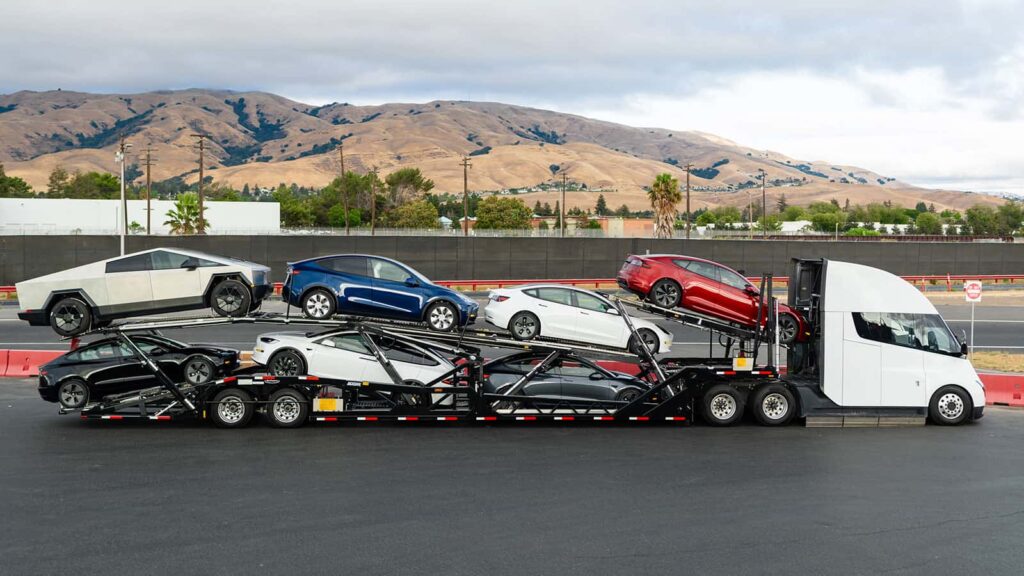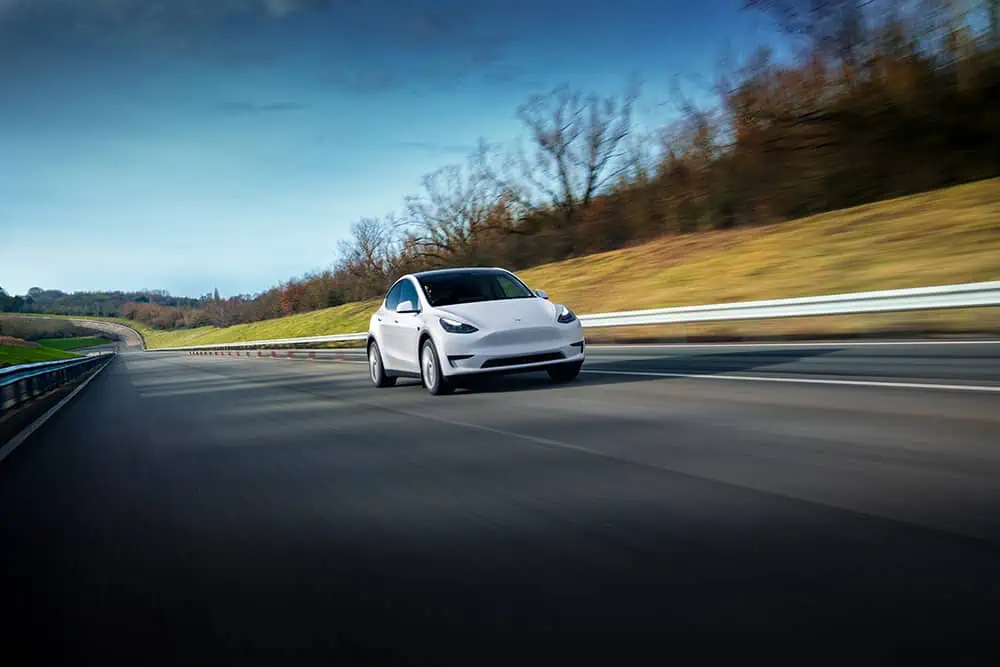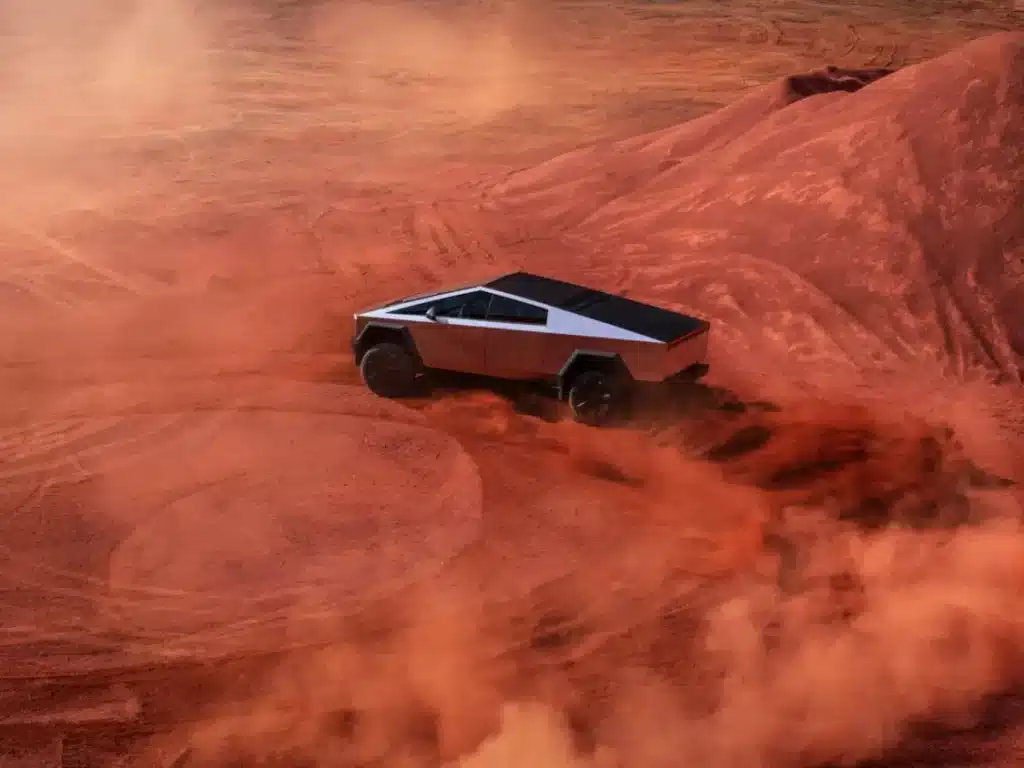Tesla Production Numbers Hit 6 Million Electric Vehicles
In March 2024, Tesla production numbers hit 6 million electric vehicles, which is a significant milestone. This landmark achievement arrived during a difficult period for the company, noted by its declining stock performance.
This signaled a critical juncture in Tesla’s storied history of innovation and industry leadership in the global automotive industry, as the car market transitions from gas-powered internal combustion engine vehicles to electric at astounding and surprising speed. Tesla’s growth rate has been steadily increasing every year, even with uneven stock performance.

Although China’s BYD has overtaken Tesla’s production capacity in terms of new battery electric vehicles, Tesla maintains its position as the leader in overall global BEV deployment.
Remarkably, this Tesla milestone of 6 million vehicles was reached just over six months after the company marked the production of its 5 millionth vehicle in September 2023, and merely nine months following the announcement of its 4 millionth vehicle in early March 2023. This rapid production pace underscores Tesla’s continuing influence and dominance in the global electric vehicle sector, even as EV competition intensifies.
EV Trade Barriers Prevent China’s Entry into the U.S. EV Market; Tesla Tries to Compete With China
Tesla is working hard to compete with BYD and Chinese EVs in terms of cost. The BYD Seagull is the most significant example of an inexpensive Chinese EV, with its $9,698 price tag. The Chinese Seagull significantly undercuts the average American EV’s cost, including all Tesla models.
In January 2024, rumors from Tesla Motors surfaced that Tesla wants to begin production of a new mass-market EV in mid-2025, code-named Redwood. The Tesla Redwood project may be a compact crossover and the long-awaited $25K Tesla EV, sometimes referred to as the Tesla Model 2.

China Filed a Complaint About the EV Trade Barriers at the WTO
In March 2024, China filed a complaint at the World Trade Organization, claiming that the United States has implemented “discriminatory requirements for electric vehicles subsidies.” The “subsidies” part of the complaint refers to new U.S. federal EV tax credit rules that took effect at the beginning of 2024.
In January, only 13 of the over 50 EVs on sale were eligible for the tax credit, a decrease from about two dozen EV models in 2023. Vehicles only qualify for these credits if their critical minerals or battery components are not sourced from “Foreign Entities of Concern,” which are identified as companies based in China, Russia, North Korea, or Iran.
All OEMs, including Tesla, are working hard to be sure all of its vehicles qualify for the credit, by sourcing all batteries in the U.S. going forward.
Musk: Chinese EV Makers Would ‘Pretty Much Demolish’ Most Competitors Without Trade Barriers
Elon Musk, Tesla’s CEO, stated that Chinese automakers pose the most significant competition for Tesla, highlighting China’s significant impact in the global electric vehicle sector.
Musk said in January that Chinese EV makers would “pretty much demolish” most other EV companies in countries without trade barriers. Tesla operates a sizable manufacturing plant in China but still views Chinese companies as a potential market threat.

Tesla Stock Took a Significant Dive in 2024
Tesla’s shares faced a significant downturn in the first quarter of 2024, marking a 29% plunge that stands as the stock’s worst performance since the end of 2022 and ranks as the third-steepest quarterly drop in the company’s history. This dramatic decline has raised alarms among investors who are increasingly concerned about auto sales amidst growing competition from Chinese manufacturers and operational disruptions across Europe.
Wall Street’s industry experts hold a pessimistic outlook, expecting sluggish results despite Tesla’s aggressive pricing strategies and buyer incentives offered throughout the quarter. These challenges underscore the mounting pressures facing Tesla as it navigates a fiercely competitive and rapidly evolving automotive landscape, including the threat of low-priced Chinese EVs.
In addition to the threat from China, EV adoption faces a lack of public and home EV charging, with the U.S. being one of the greatest laggards in this regard. Tesla and other EV makers are feeling the pain of this problem. In the United States, federal NEVI funding is building out nationwide charging and addressing this, but the process is slow and came decades later than it should have.
Tesla’s Delivery Numbers Up 8% From Last Year
On the last trading day of the quarter, analysts were keenly eyeing Tesla’s delivery numbers, expecting around 457,000 deliveries for the period, signifying an 8% increase from the 422,875 deliveries reported a year earlier.

Electric Vehicle Marketing Consultant, Writer and Editor. Publisher EVinfo.net.
Services